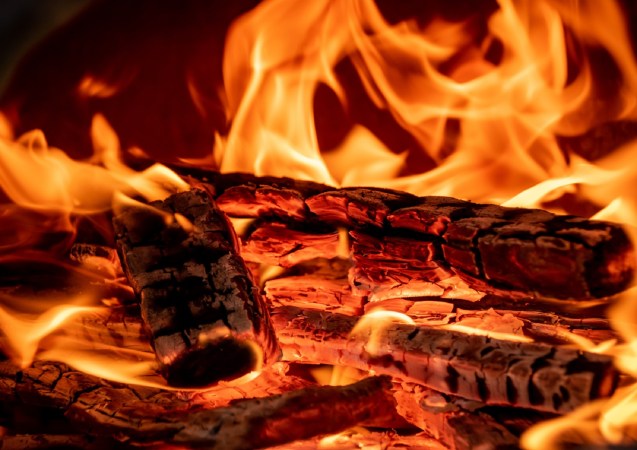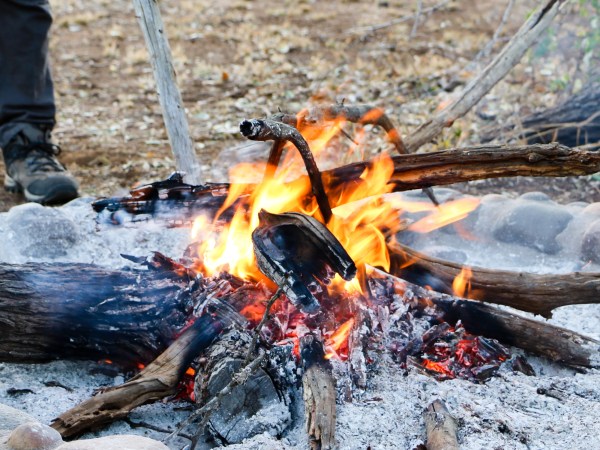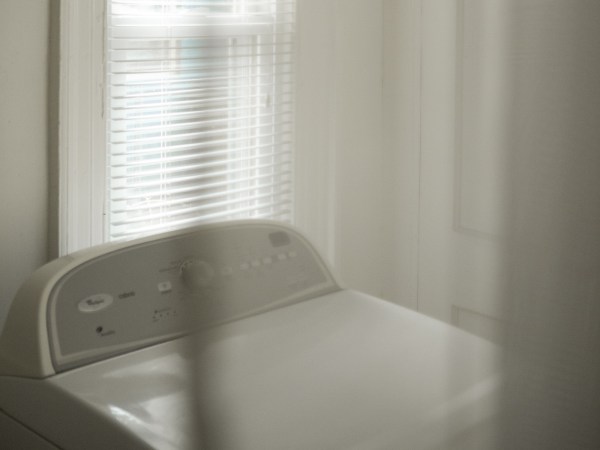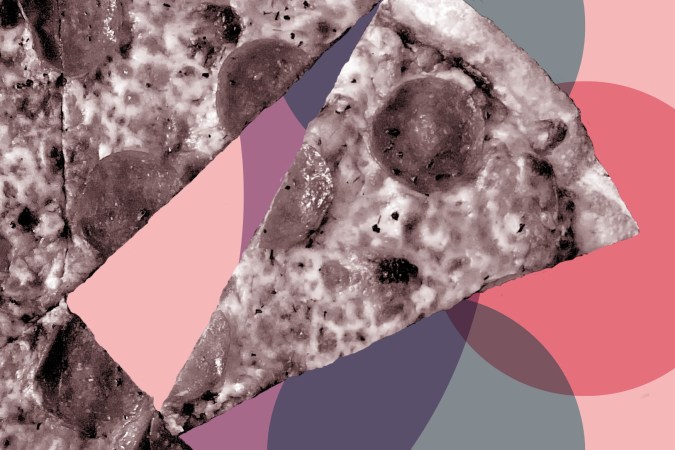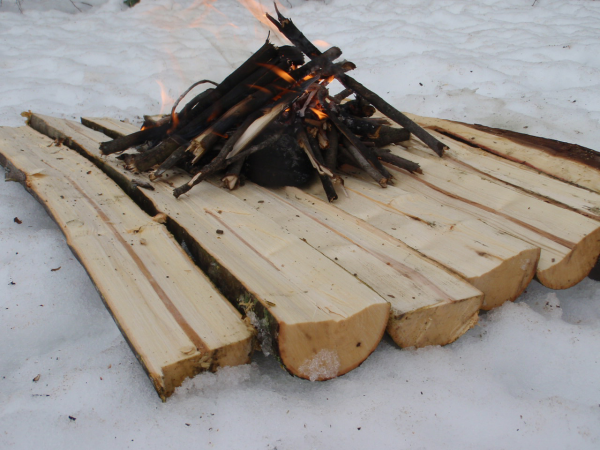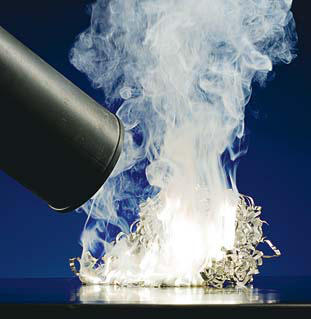

If you ever see a large industrial metal fire (yes, they happen) on the news, you may be surprised at what the firefighters do to extinguish it: nothing. Several metals, including lithium, sodium, and magnesium, can burn easily, and from time to time large amounts catch fire in factories. But even heaps of burning metal need not cause immediate panic. They don’t blow up; instead they tend to build up ash that chokes off their oxygen supply, so they slowly burn out.
But if you try to do something about a metal fire, you’ll probably only make it worse. For example, magnesium burns brighter immersed in carbon dioxide than it does in air. Blow a CO2 fire extinguisher at gently burning magnesium shavings, and the pile will suddenly burn much hotter and faster. (We actually set the photographer’s lights on fire when we took the photo above—when we turned the fire extinguisher on the pile of shavings, it sent flaming magnesium blowing in all directions.)
Achtung! Theodore Gray is a scientist trained in lab safety procedures. Do not attempt this experiment at home. Burning metals are dangerous and unpredictable. Ordinary fire extinguishers can spread the fire or cause explosions. For more information on Gray’s scientific pursuits, visit his website.
In fact, magnesium reacts so well with CO2 that it will burn inside -109-degree Fahrenheit dry ice (the solid form of carbon dioxide). This jack-o’-lantern was made by lighting a handful of magnesium shavings stuffed into a hole carved in the back of a block of dry ice. It burned crazy bright for about a minute.

Water and foam are even worse on metal fires. If the metal is molten, the resulting steam explosion tends to fling it everywhere. What’s more, some hot metals can split water into oxygen and hydrogen, creating the likelihood of a major hydrogen gas explosion.
Even dry sand or salt, standard materials for putting out metal fires, can wreak havoc. In 1993, an industrial plant in Massachusetts had a sodium fire, which the local fire department tried to put out using salt stored for that purpose. Unfortunately, the salt turned out to be damp, and numerous firefighters were severely burned in the resulting hydrogen blast.
Next time there’s a sodium fire, the firefighters plan to do one simple thing: walk away. Metal fires are just too hot to handle.
This story has been updated. It was originally featured in the June 2008 issue of Popular Science magazine.
